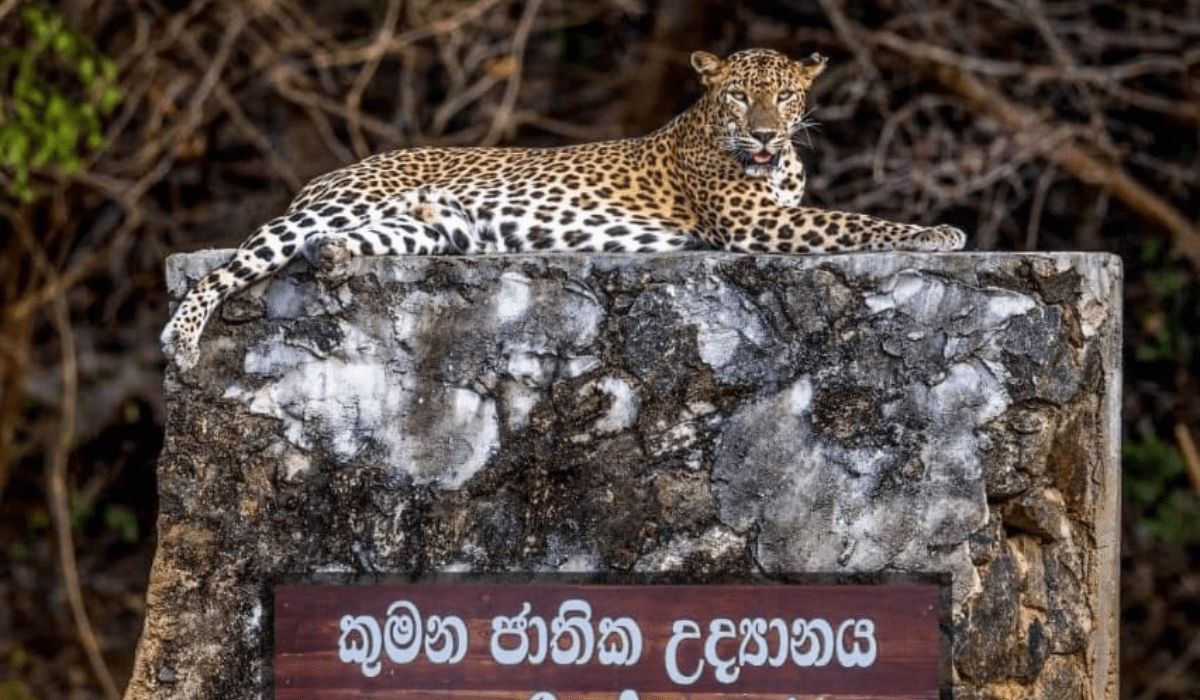Minneriya National Park, located in the North Central Province of Sri Lanka, is a sanctuary that boasts an incredible array of wildlife and natural beauty. It is one of the island’s most significant attractions for both local and international tourists. The park, established in 1938, covers an area of approximately 8,889 hectares and is renowned for its diverse ecosystems, rich biodiversity, and the famous gathering of elephants. This article will delve into the historical significance, ecological importance, and tourism appeal of Minneriya National Park, aiming to educate readers about this remarkable destination.
Table of Contents
Historical Significance of Minneriya National Park
Ancient Origins
The origins of Minneriya National Park can be traced back to the third century AD during the reign of King Mahasen. The king constructed the Minneriya Tank, an ancient reservoir that still plays a crucial role in the park’s ecosystem. This tank was part of a vast irrigation system designed to support agriculture in the region, showcasing the ingenuity and foresight of Sri Lanka’s ancient rulers. The reservoir’s construction not only provided water for cultivation but also created a thriving habitat for various species, laying the groundwork for what would become Minneriya National Park.
Establishment as a National Park
Minneriya was designated as a national park in 1938, primarily to protect the catchment area of the Minneriya Tank and to preserve the wildlife in the surrounding region. Over the decades, the park has been recognized for its ecological importance and has become a key site for conservation efforts. The protection of the park has allowed numerous species of flora and fauna to flourish, making it a vital sanctuary for biodiversity.
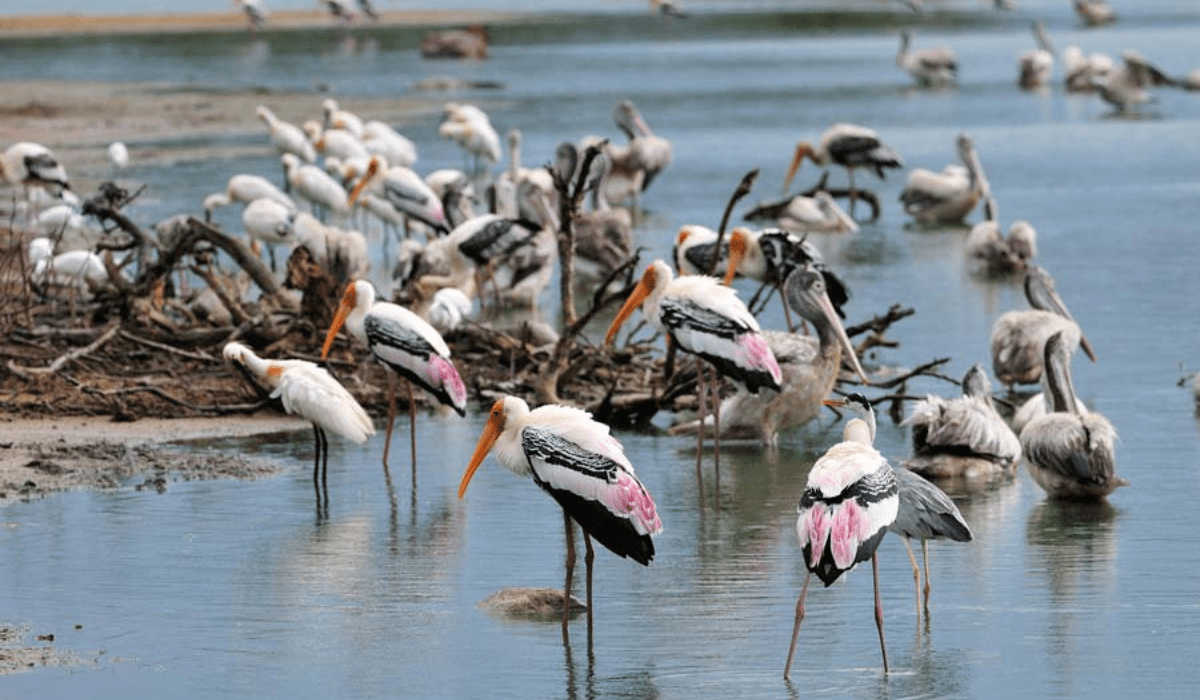

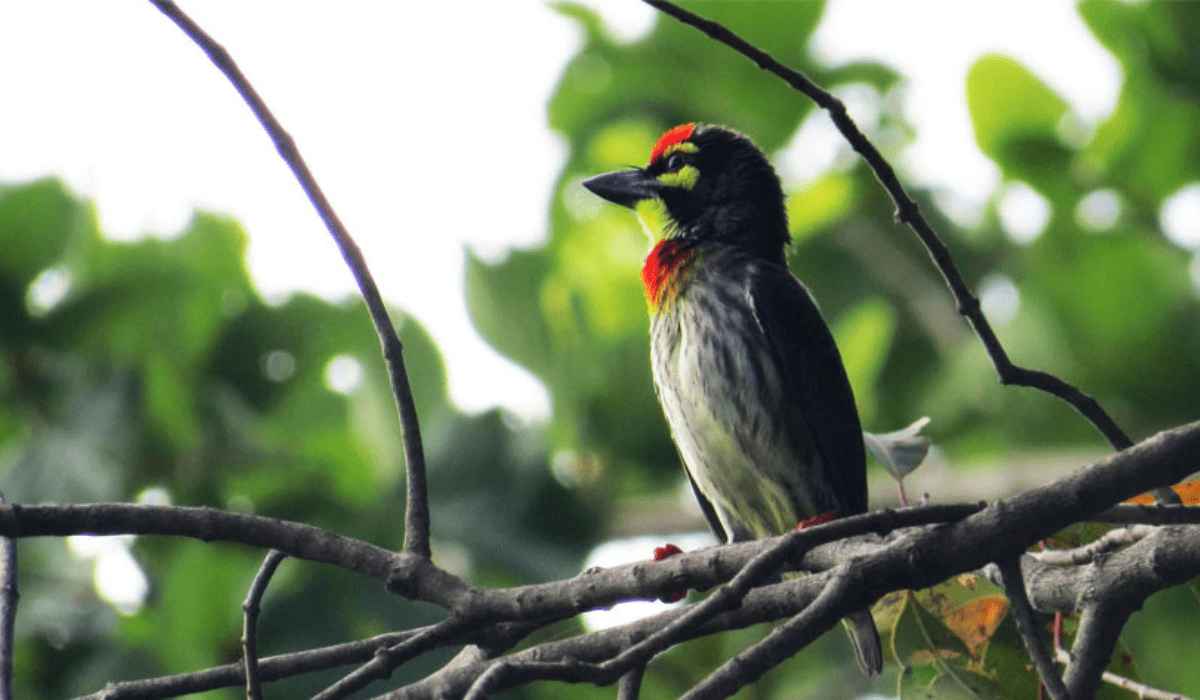
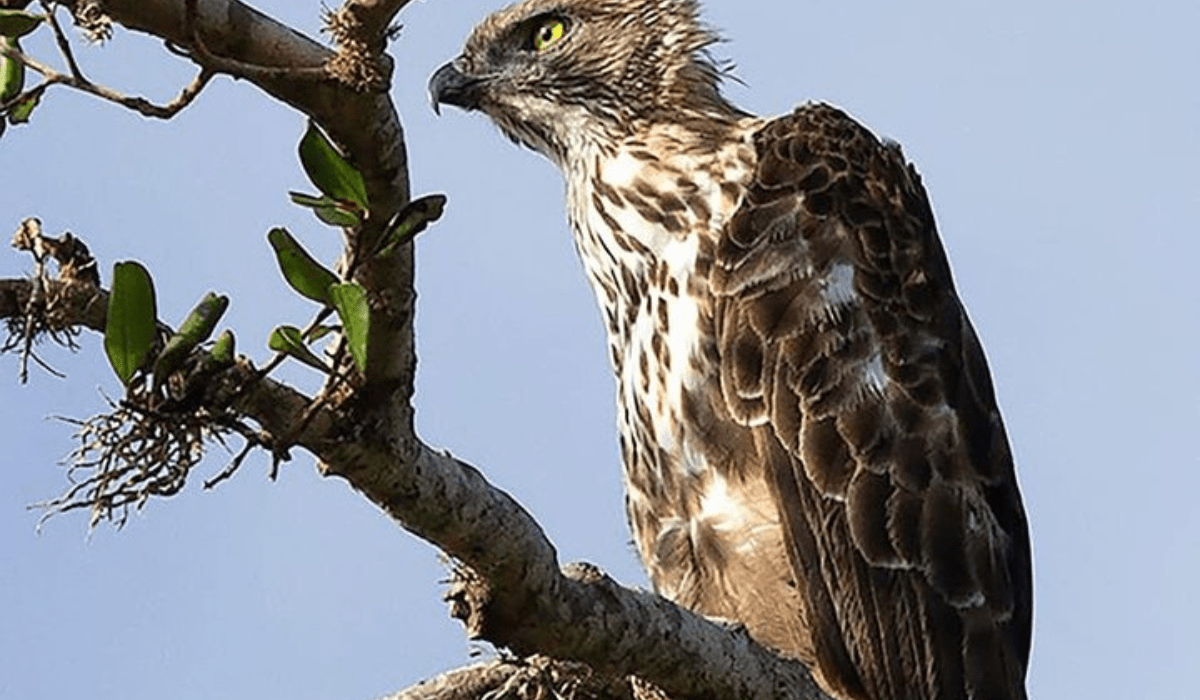
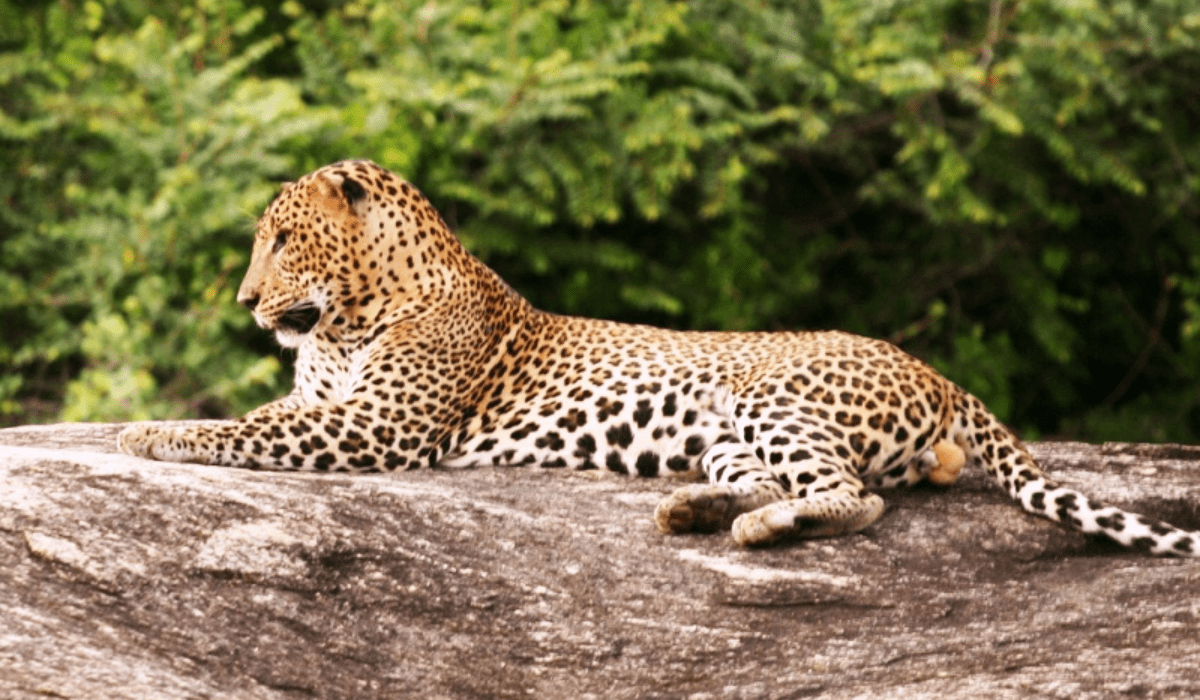
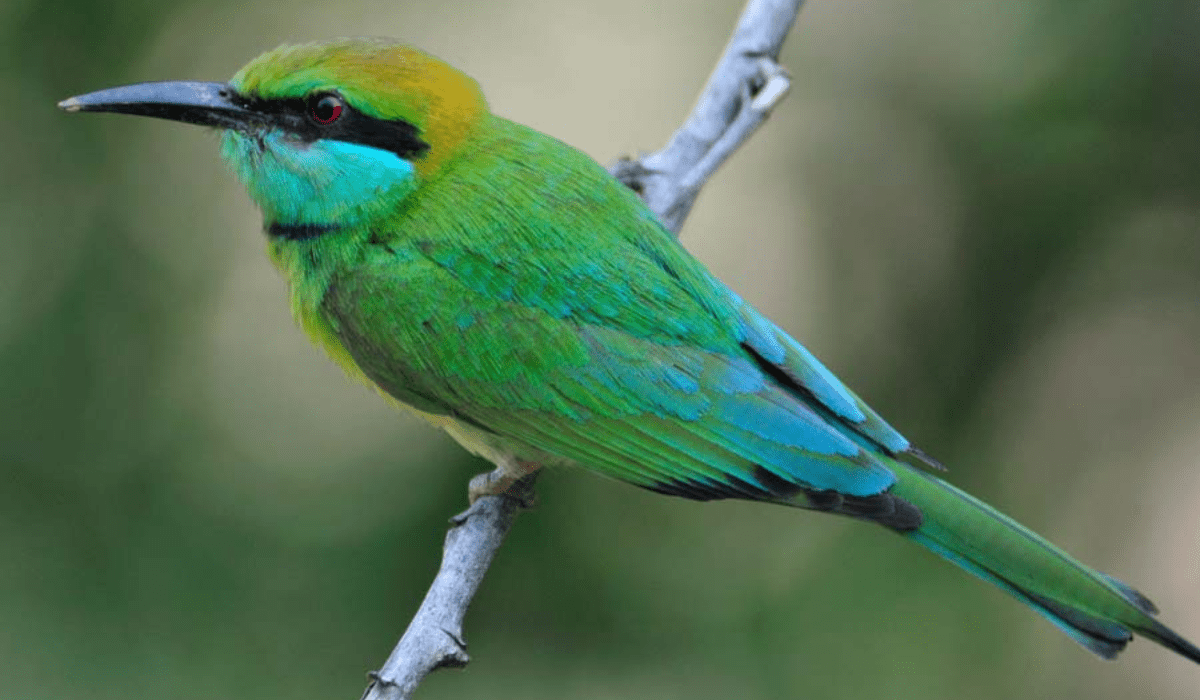
Ecological Importance of Minneriya National Park
Diverse Ecosystems
Minneriya National Park is home to a variety of ecosystems, including wetlands, grasslands, and dry tropical forests. This diversity supports a wide range of species, each adapted to their specific habitats. The park’s wetlands, particularly the Minneriya Tank, are crucial for the survival of many aquatic species and provide a vital water source during the dry season.
Flora and Fauna
The park’s rich biodiversity includes over 24 species of mammals, 160 species of birds, and numerous reptiles, amphibians, and fish. Some of the notable mammal species include:
- Sri Lankan Elephant: Minneriya is famous for the annual gathering of elephants, one of the largest assemblies of Asian elephants in the world. During the dry season, hundreds of elephants migrate to the Minneriya Tank in search of water and food, creating a spectacular natural event.
- Leopard: Though elusive, leopards are present in the park and add to its appeal as a wildlife destination.
- Sloth Bear: These shy creatures are occasionally spotted and are a treat for lucky visitors.
Birdwatchers will find Minneriya particularly appealing, as it is a haven for both resident and migratory birds. Species such as the painted stork, Sri Lankan junglefowl, and the grey heron are commonly seen.
Conservation Efforts
The ecological significance of Minneriya National Park has led to numerous conservation initiatives aimed at preserving its unique habitats and wildlife. Efforts include anti-poaching measures, habitat restoration projects, and community engagement programs to promote sustainable tourism and conservation awareness. The park is managed by the Department of Wildlife Conservation, which ensures the implementation of policies and practices that protect the natural environment.
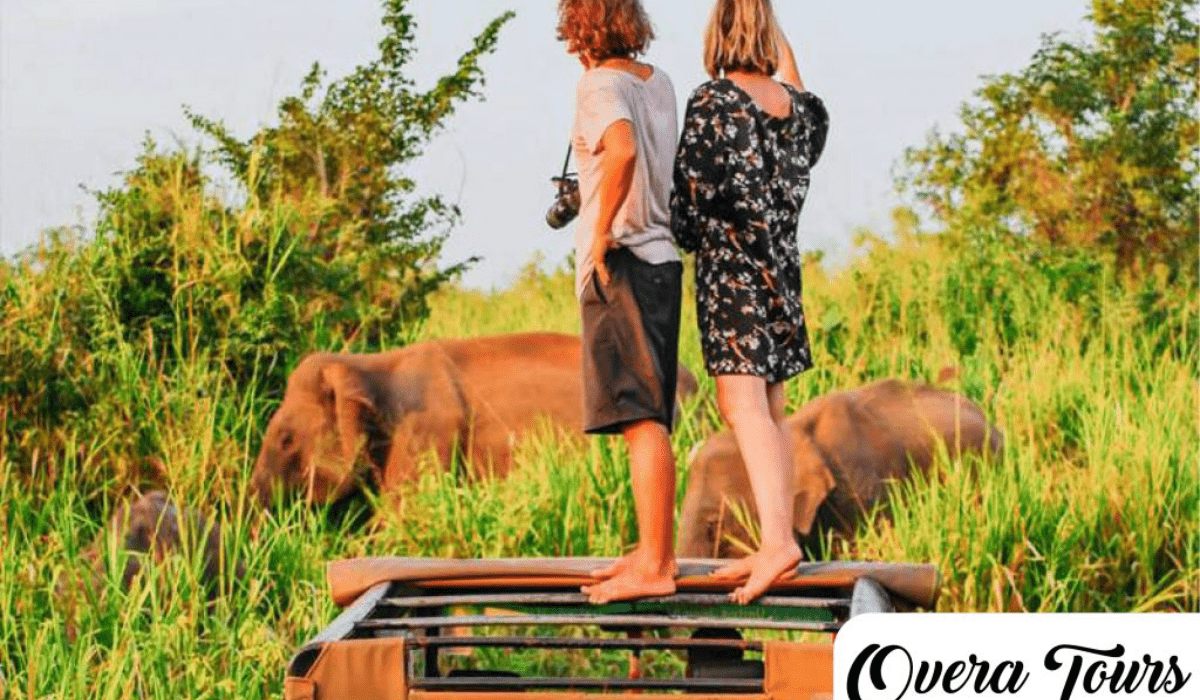
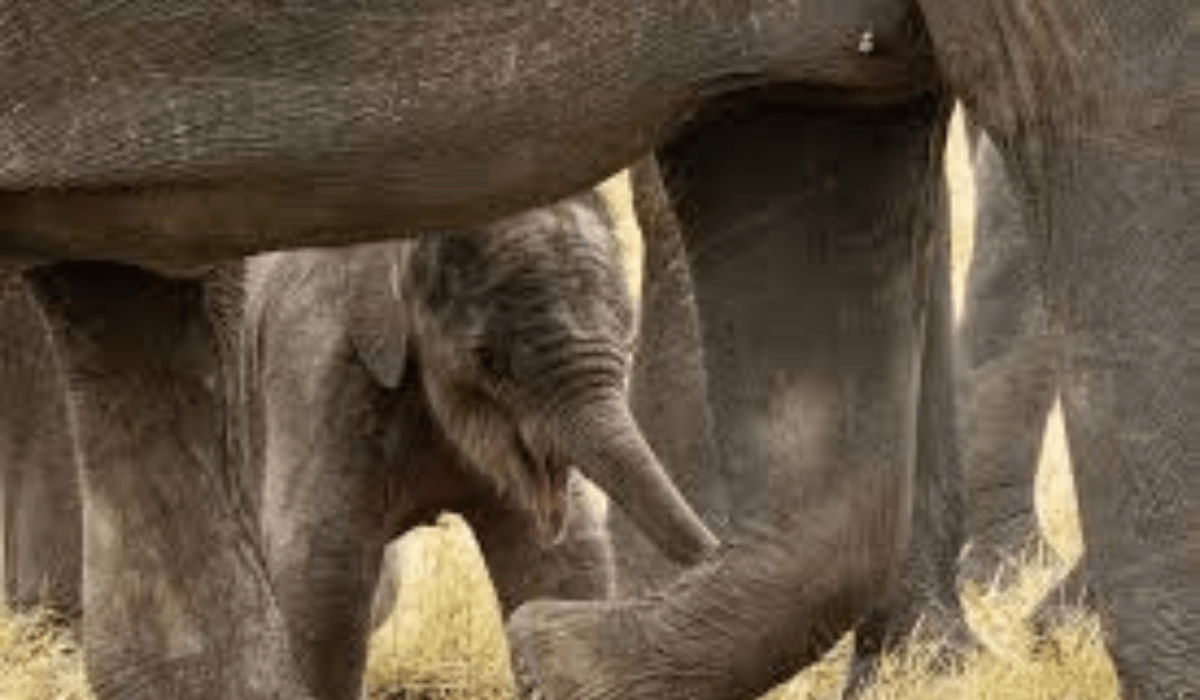

Tourism Appeal of Minneriya National Park
The Elephant Gathering
One of the most compelling reasons to visit Minneriya National Park is the annual elephant gathering. This event typically occurs between July and October, during the dry season, when the Minneriya Tank becomes the primary water source for elephants from surrounding areas. Visitors can witness herds of up to 300 elephants congregating around the tank, engaging in social behaviors, bathing, and grazing. This natural spectacle is a once-in-a-lifetime experience and a highlight of any visit to Sri Lanka.
Safari Adventures
Minneriya offers exciting safari experiences, allowing tourists to explore the park’s diverse landscapes and encounter its wildlife. Jeep safaris are the most popular way to navigate the park, with guided tours providing valuable insights into the behavior and ecology of the resident species. Morning and late afternoon safaris are recommended, as these are the best times to observe animals when they are most active.
Bird Watching
For bird enthusiasts, Minneriya National Park is a paradise. The park’s varied habitats support a rich avian population, making it an excellent location for birdwatching. Early morning and late afternoon are ideal times to spot a wide range of birds, including endemics and migratory species. The wetlands around the Minneriya Tank are particularly productive for sightings of waterfowl and waders.
Scenic Beauty and Photography

The scenic beauty of Minneriya National Park is captivating, with its expansive grasslands, verdant forests, and tranquil water bodies. The park’s landscapes provide a stunning backdrop for photography, whether capturing the grandeur of the elephant gathering or the serene beauty of the park’s natural settings. Photographers will find ample opportunities to document the park’s wildlife and scenery, making it a must-visit destination for nature and wildlife photography.
Cultural and Historical Attractions Nearby
Minneriya National Park is located within the Cultural Triangle of Sri Lanka, making it an ideal base for exploring nearby historical and cultural sites. Some of the notable attractions in the vicinity include:
- Polonnaruwa: An ancient city and UNESCO World Heritage Site, Polonnaruwa is home to impressive ruins, including temples, palaces, and statues from Sri Lanka’s medieval period.
- Sigiriya: Known as the Lion Rock, Sigiriya is a UNESCO World Heritage Site featuring an ancient rock fortress with stunning frescoes and landscaped gardens.
- Anuradhapura: Another UNESCO World Heritage Site, Anuradhapura is an ancient city with a rich history and numerous archaeological sites, including stupas, monasteries, and palaces.
Visitors to Minneriya can easily incorporate visits to these cultural and historical landmarks, enriching their overall travel experience in Sri Lanka.
Sustainable Tourism and Community Involvement
Minneriya National Park is committed to promoting sustainable tourism practices that benefit both the environment and local communities. Eco-friendly initiatives and responsible tourism practices are encouraged to minimize the impact on the park’s delicate ecosystems. Local communities are actively involved in conservation efforts and benefit from tourism through employment opportunities and community development projects.
Tour operators and park authorities work together to ensure that tourism activities are conducted in a manner that respects the natural environment and supports conservation goals. By choosing responsible tour operators and adhering to park guidelines, visitors can contribute to the preservation of Minneriya’s unique biodiversity.
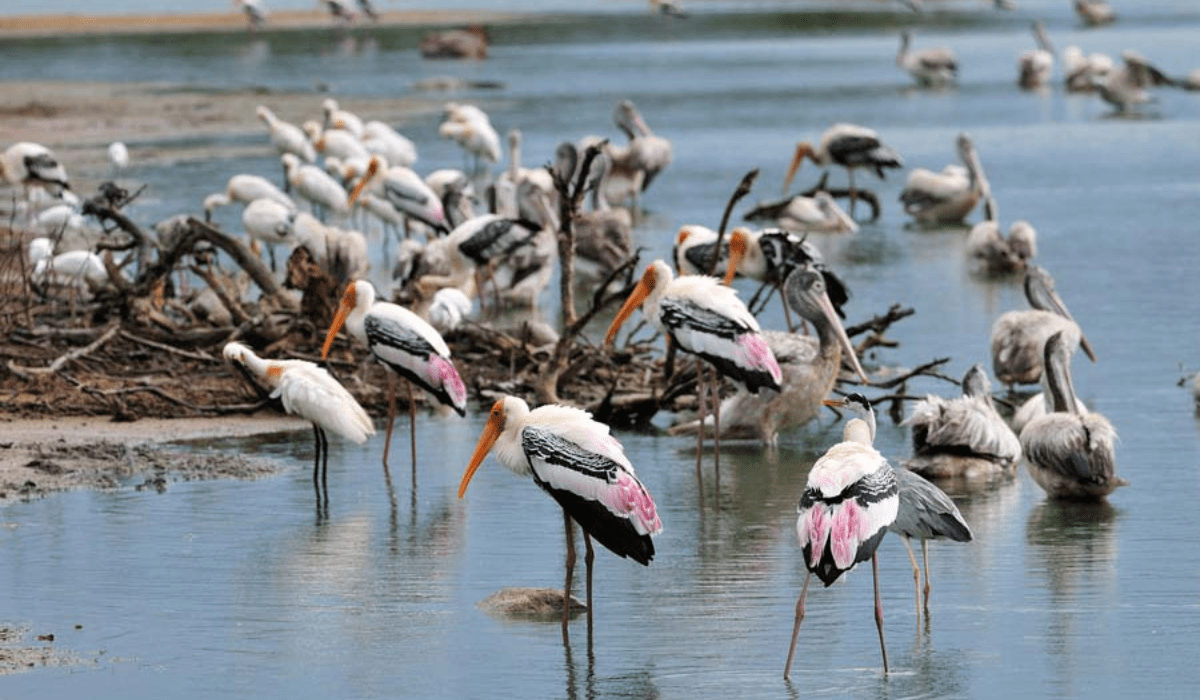
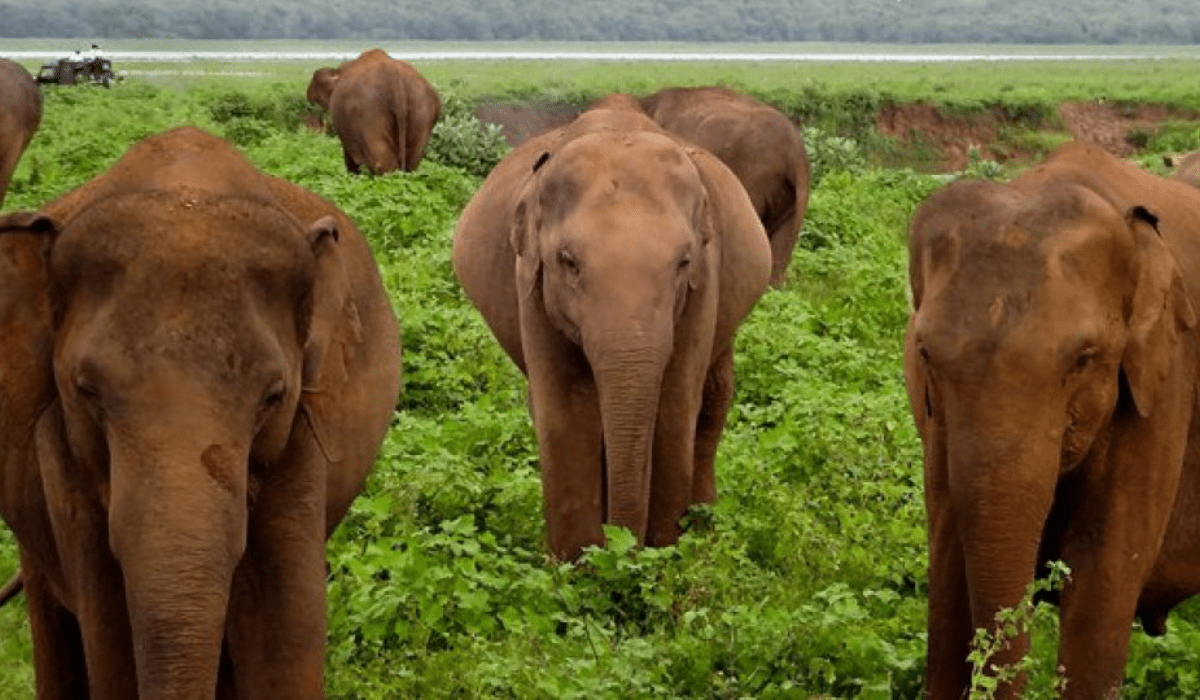
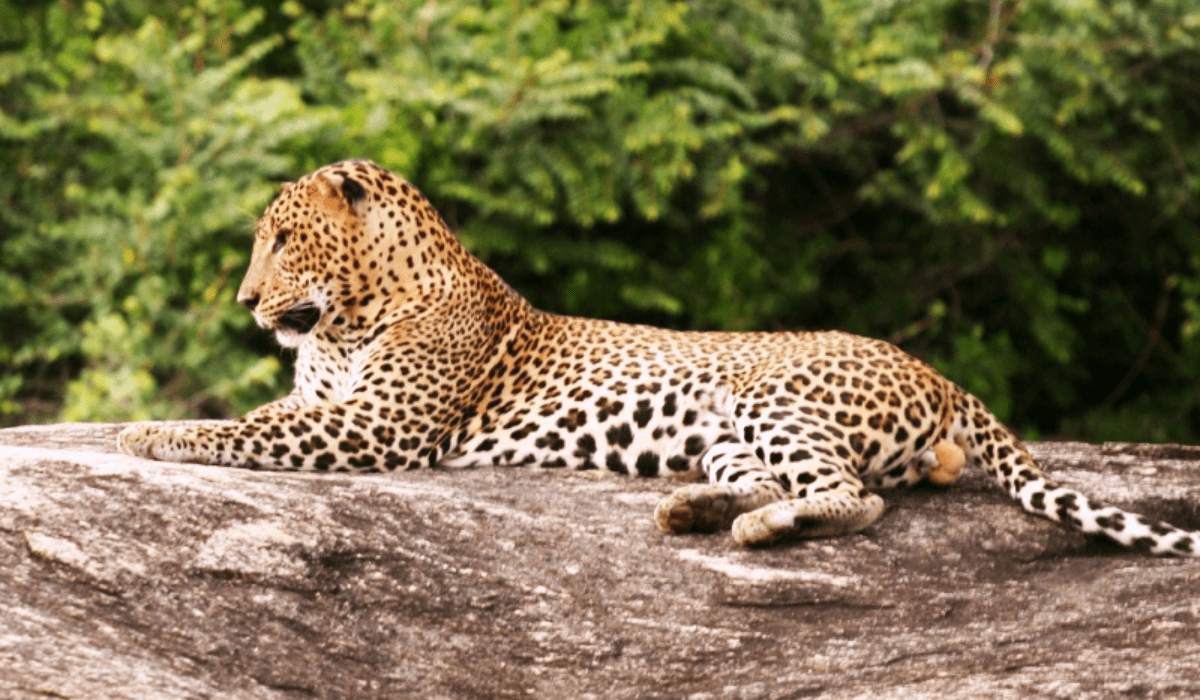
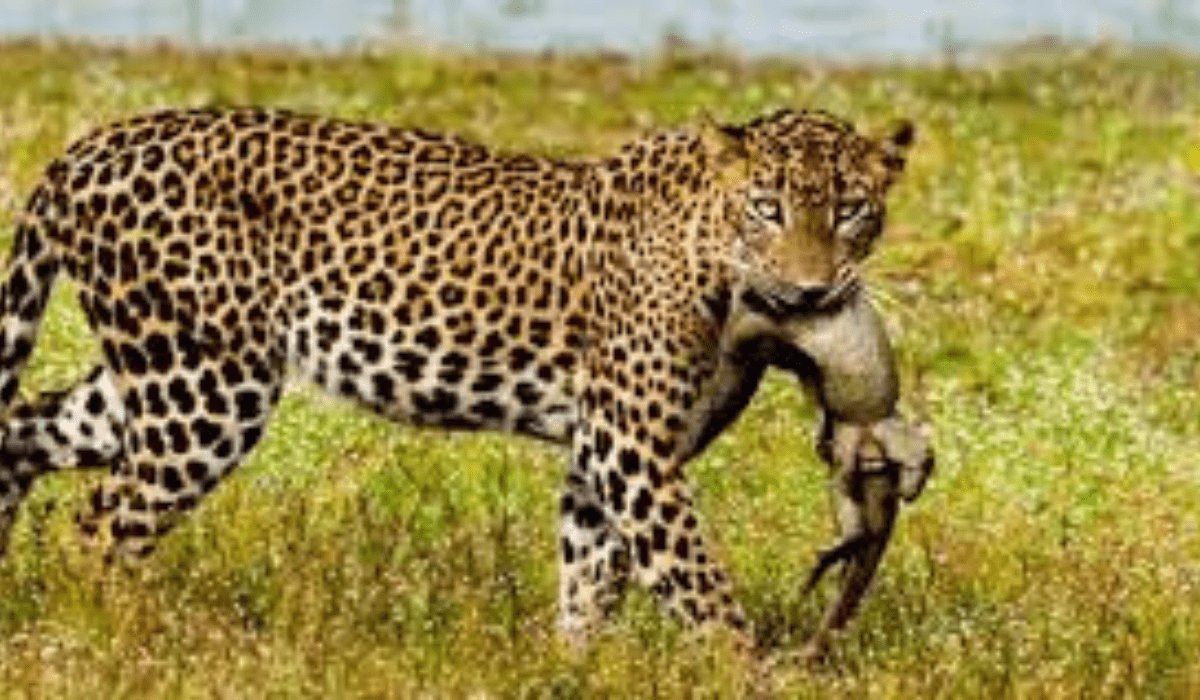
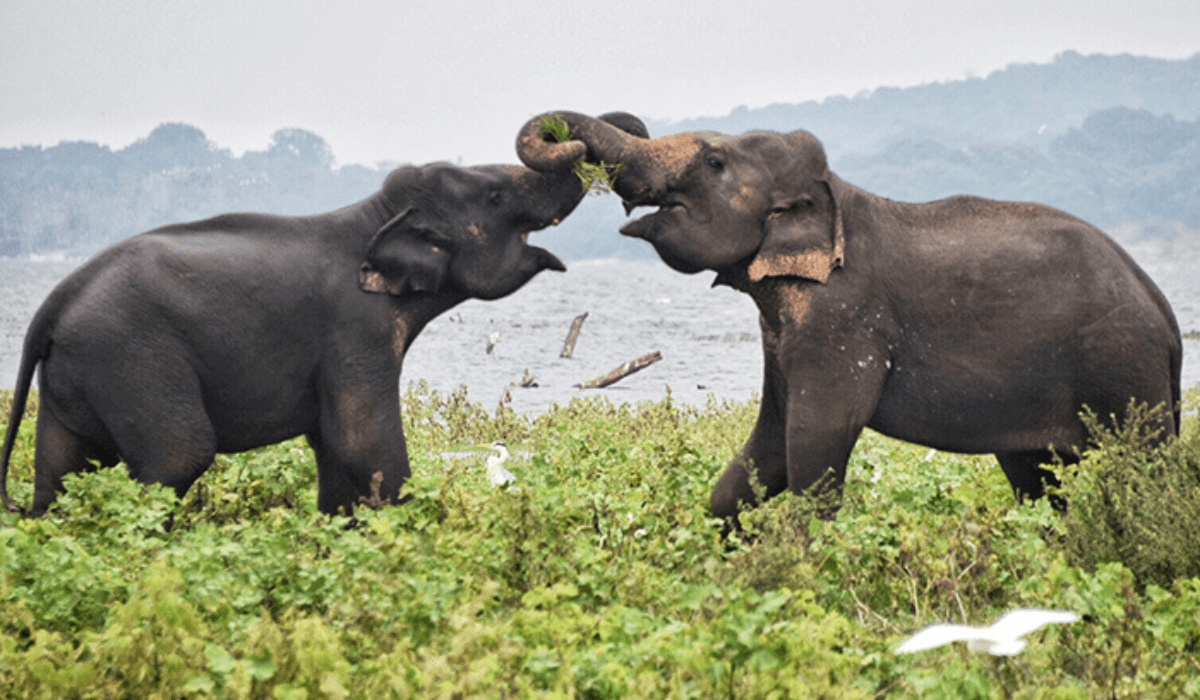
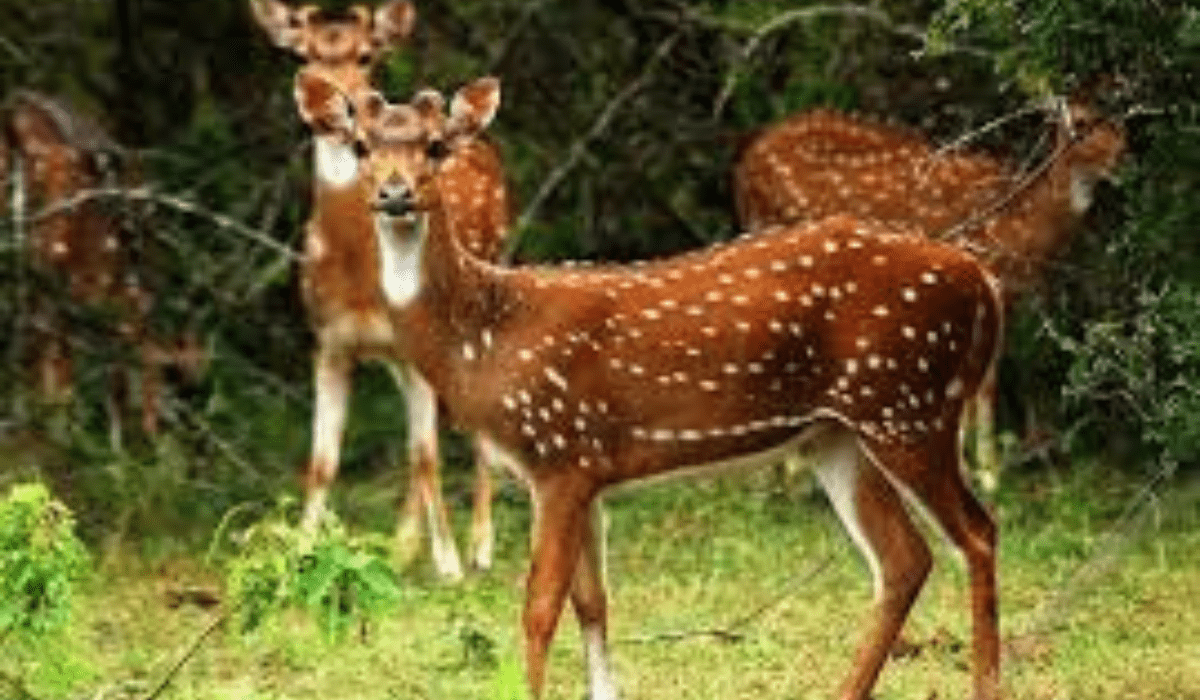
Conclusion
Minneriya National Park is a jewel in Sri Lanka’s tourism crown, offering a remarkable blend of wildlife, natural beauty, and historical significance. From the awe-inspiring elephant gathering to the rich biodiversity and scenic landscapes, the park provides an unforgettable experience for nature enthusiasts, wildlife lovers, and cultural explorers.
As a key destination within Sri Lanka’s Cultural Triangle, Minneriya serves as a gateway to exploring the island’s rich history and cultural heritage. Visitors can immerse themselves in the natural wonders of the park while also discovering the nearby ancient cities and UNESCO World Heritage Sites.
By promoting sustainable tourism and involving local communities in conservation efforts, Minneriya National Park sets an example of how tourism can contribute to the protection and preservation of natural and cultural treasures. This SEO-friendly article aims to educate readers about the significance of Minneriya National Park, highlighting its history, ecological importance, and tourism appeal, while encouraging global tourists to experience the beauty and heritage of Sri Lanka.
By exploring Minneriya National Park, visitors can gain a deeper appreciation for the island’s natural wonders and cultural heritage, making it a must-visit destination for anyone traveling to Sri Lanka.



